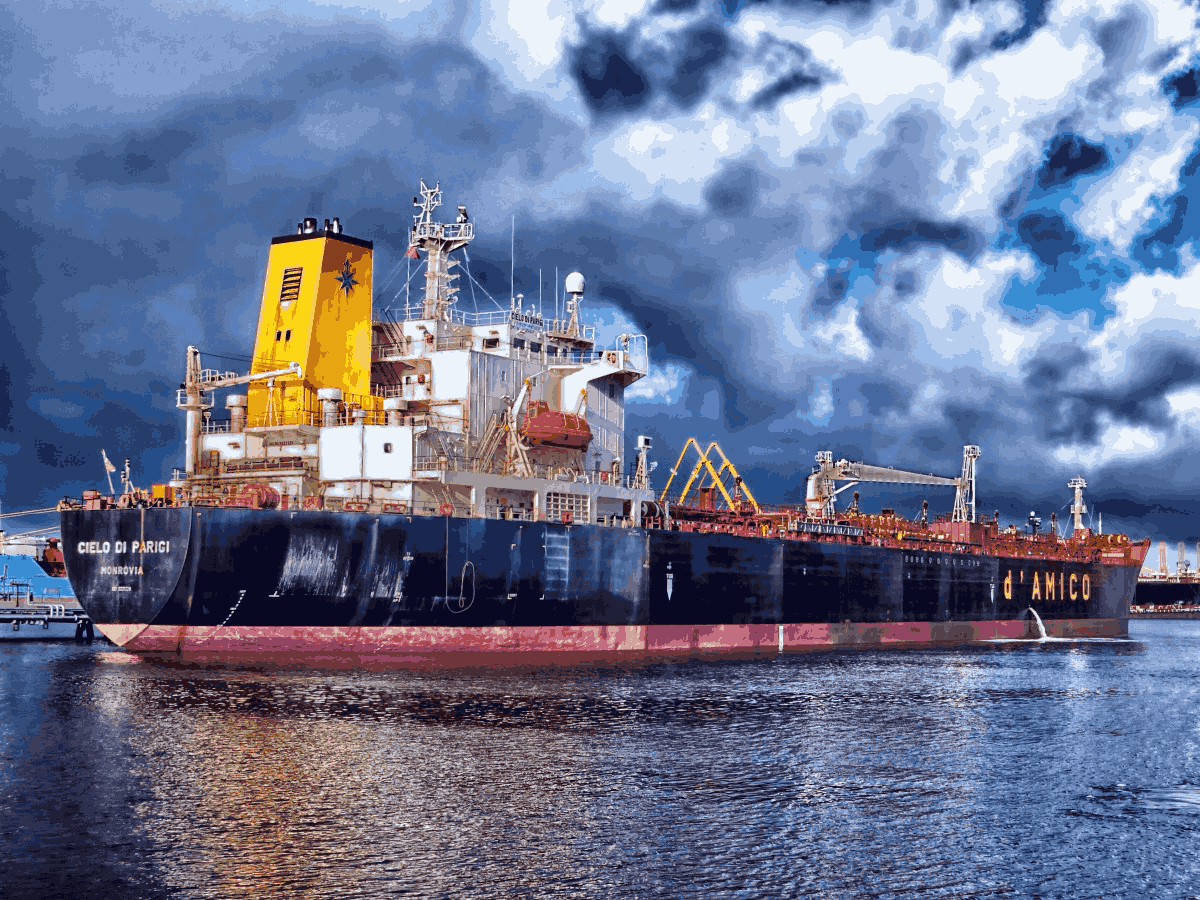Understanding the Steering Gear System on Ships
The steering gear system is a crucial part of a ship’s operation, providing reliable maneuverability and ensuring the vessel moves safely and efficiently in the desired direction. Whether navigating calm seas or responding to emergencies, this intricate system is the backbone of a ship’s steering mechanism.
This guide will break down the components, working principle, types, and important safety requirements of steering gear systems, as outlined by SOLAS (Safety of Life at Sea). By the end, you’ll have a clear understanding of how these systems function and their key regulatory requirements.
What is a Steering Gear System?
The steering gear system helps control the ship’s rudder, translating commands from the bridge into physical rudder movement. It allows the vessel to change direction or hold a steady course based on navigational requirements and environmental conditions.
Key Components of a Ship’s Steering Gear System
A typical steering gear setup includes three main components that work together to provide seamless rudder control.
1. Control Unit
The control unit transmits the desired rudder angle signal from the bridge to the steering flat, where it activates the power unit and transmission system. Its primary role is to ensure accurate communication between the navigation bridge and the steering gear room.
2. Power Unit
The power unit generates the required force to move the rudder and hold it in the desired position. It is engineered to deliver immediate and adequate effort, ensuring prompt rudder movement even under challenging operating conditions.
3. Transmission System
Often referred to as the “steering gear,” the transmission system is responsible for converting the energy from the power unit into the physical movement of the rudder.
How the Steering Gear System Works
Working Principle of the Ram-Type System
The ram-type electro-hydraulic steering system is among the most commonly used mechanisms. Here’s how it works:
- The telemotor transmitter on the bridge sends an electrical signal to the telemotor receiver in the steering gear room.
- This receiver operates solenoid valves, allowing hydraulic oil to flow into the ram cylinders.
- For instance, when oil is pumped into the left hydraulic cylinder and drawn out of the right cylinder, the ram slides from left to right. This movement shifts the tiller arm toward the starboard side, moving the rudder to port.
- If the pump stops, the tiller arm movement halts, and the rudder is hydraulically locked in position. This happens because the oil within the cylinders is sealed and blocked from leaking.
This highly responsive mechanism ensures precise rudder positioning for safe navigation.
Types of Steering Gear Systems
There are two primary types of steering gear systems used on ships.
1. Electro-Hydraulic Systems
These systems use a combination of electrical signals and hydraulic power to operate the rudder.
a. Ram-Type System
- Can feature either a 2-ram or 4-ram configuration.
- Commonly used due to its simplicity and reliability.
b. Vane-Type System
- Includes a hydraulic vane inside a cylinder. The vane rotates when hydraulic oil is pumped in, moving the rudder.
- It is compact and often used in smaller vessels.
2. Electric Systems
These systems rely solely on electrical power to control the rudder.
a. Ward Leonard System
- Uses a motor-generator setup, where the motor’s speed controls the rudder’s movement.
b. Synchronous Motor System
- Operates based on precise electrical signals that synchronize the motor for controlled rudder movements.
Understanding these types can help ship operators select the system best suited for their vessel’s size and operational needs.
SOLAS Requirements for Steering Gear Systems
The International Convention for the Safety of Life at Sea (SOLAS) establishes strict regulations to ensure the safety and reliability of steering systems on ships.
Main Steering Gear Requirements
- The rudder stock must have adequate strength to steer the vessel at maximum ahead speed.
- The system must move the rudder from 35° on one side to 35° on the other in no more than 28 seconds while the ship is at maximum draft and ahead speed.
- The main steering gear must withstand the vessel’s maximum astern speed without damage.
Auxiliary Steering Gear Requirements
- Capable of moving the rudder from 15° on one side to 15° on the other in 60 seconds while the vessel is running at half its maximum ahead speed or at 7 knots (whichever is greater).
- Should have sufficient strength to steer the vessel at a navigable speed.
- Must allow steering control from the navigational bridge and local control in the steering gear room.
- If power-operated, it should also enable control from the navigation bridge.
Emergency Preparedness
- After a power system failure, steering capability must be regained in no more than 45 seconds.
- Tests of the steering gear must be conducted within 12 hours of departure and emergency steering drills should occur every three months.
These requirements ensure the ship remains safe and maneuverable at all times.
Why Steering Gear Maintenance and Testing Matter
Regular maintenance and testing of the steering gear system are crucial for operational safety. Steering failures can lead to navigation accidents, emphasizing the importance of adherence to SOLAS testing drills.
Common maintenance tasks include checking hydraulic oil levels, inspecting rams and vane components for wear, and ensuring electrical connections are intact.
Final Thoughts
Understanding the steering gear system’s components, principles, and regulations is essential for ensuring ship safety and performance. Whether you’re a ship operator, engineer, or enthusiast, maintaining compliance with SOLAS requirements and keeping your steering gear in top condition should always be a priority.
By prioritizing safety and operational excellence, your vessel will stay on course and avoid unnecessary risks, providing a secure environment for crew and cargo alike.

